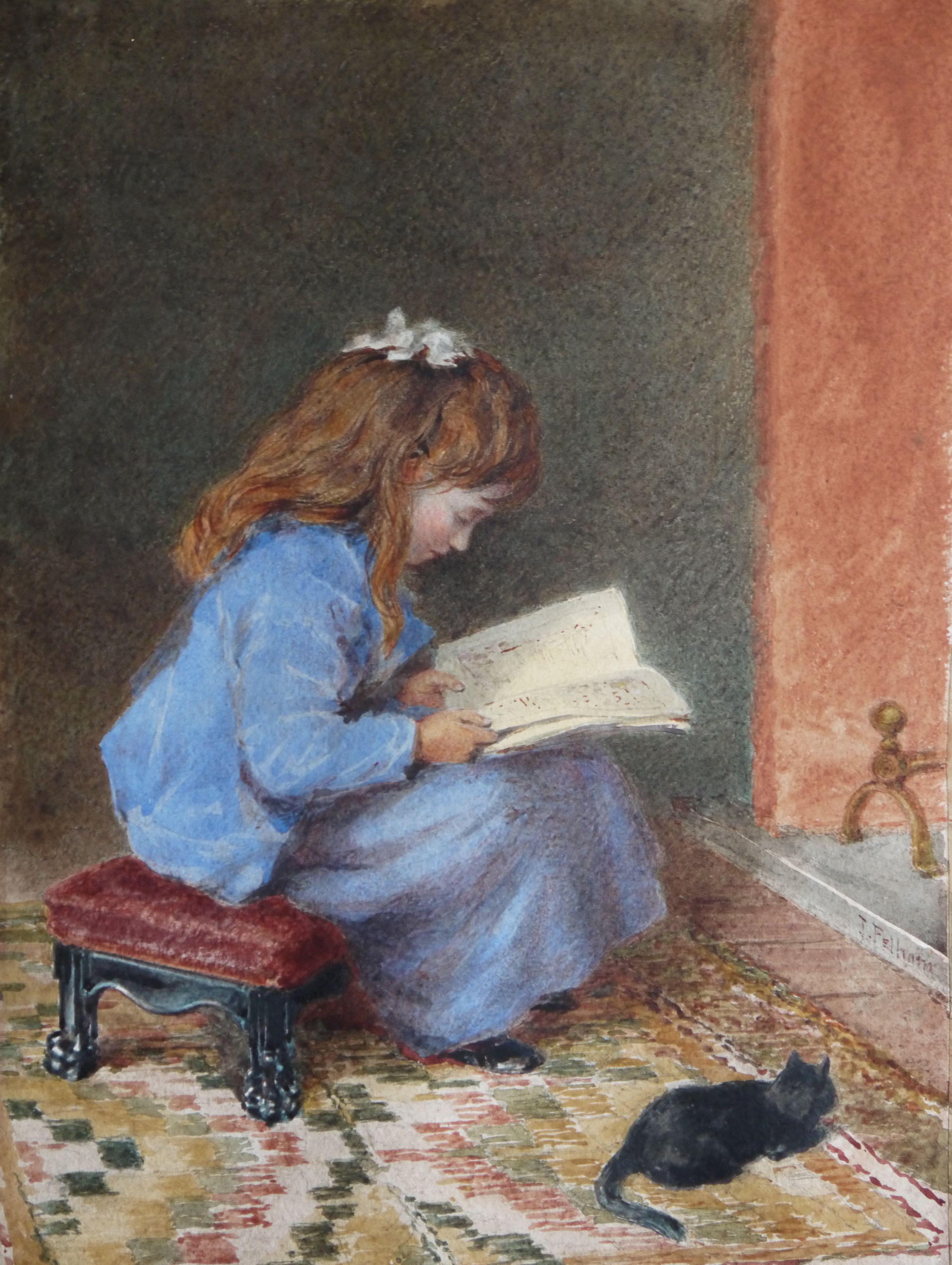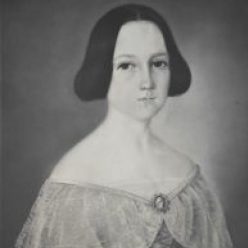Ekeby d: 27. Sept :1834
Min älskade Augusta.
Gud vare lof at jag feck lefva tils jag hade glädjen få bref från dig mitt lilla älskade barn. Gud vare lof at du får lära och vil lära, at din goda svåger Leijdenfrost tillåter dig få vara hos din goda rara och älskade syster Charlott som så moderligen omfamnar dig som lär dig älska gud – samt undervisar dig i läsa o skrifva och andra nyttiga sysslor.
Gud låte dig aldrig bekymra din goda syster Charlott, utan alltid vara lydig och läraktig.
Jag har framfört din hälsning till Hädda, hon blef så hjertligt glad. Tackar dig så mycket för densamma och sänder dig åter vänskapens allra varmaste hälsningar. Både mamma och pappa hafva Gud i lof hälsan. August är ej rätt frisk.
Mamma hälsar sist lilla älskade barn så moderligen godt. Glädjer sig at du är beskedlig lydig och läraktig. Mamma och pappa önskar at du alltid så måtte fortfara.
Du skal framföra Pappas och Mammas hälsningar till faster, Leijdenfrost och syster Charlott. Gud välsigne och bevare dig önskar din ömt tilgifne och hulda fader.
J.P. Söderholm

Johan Petter Söderholm var 56 år när han skrev det pyttelilla brevet till sin älskade lilla 7-åriga dotter.
Augusta var då hos sin storasyster Charlotte som nyligen gift sig med textilfabrikören Gustaf Leijdenfrost. Gustaf hade nyss begravt sin tidigare fru Amalia, syster till Charlotte och Augusta. Och när brevet skrevs i september 1834, visste ingen att även Charlotte skulle dö tre år senare i barnsäng. Som om det inte var nog, skulle även pappa Johan Petter Söderholm dö samma år, i ”trisselfelber”. (Om någon vet vad det är, hör av er!)
Det jag tycker känns så varmt, är att livgrenadjärskaptenen Söderholm, en tuff soldat som levt i fält under Napoleonkrigen, bemödar sig om att skriva till sin lilla dotter och önska henne allt gott. Sen viker han ihop det lilla brevet, precis som man gjorde på den tiden. Det blir inte större än en tändsticksask. Han lackar och sätter sigill på brevet, innan det skickas iväg genom Östergötland till Loddby utanför Norrköping.
På Loddby sitter en liten sjuårig Augusta och försökte läsa sin pappas skrivstil. Kanske får hon hjälp av sin 21 år äldre syster. Och tänk, det brevet fick jag vika upp och läsa häromveckan. Det kändes precis som jag var med. Vad glad jag är att få ta del av denna skatt! Och Augusta bevarade säkert det här brevet och tog fram det ibland. Hennes pappa dog ju snart efteråt, när hon bara var 10 år.
Så alla ni fäder (och mödrar), skriv till era barn, om än bara ett brev stort som en tändsticksask!



